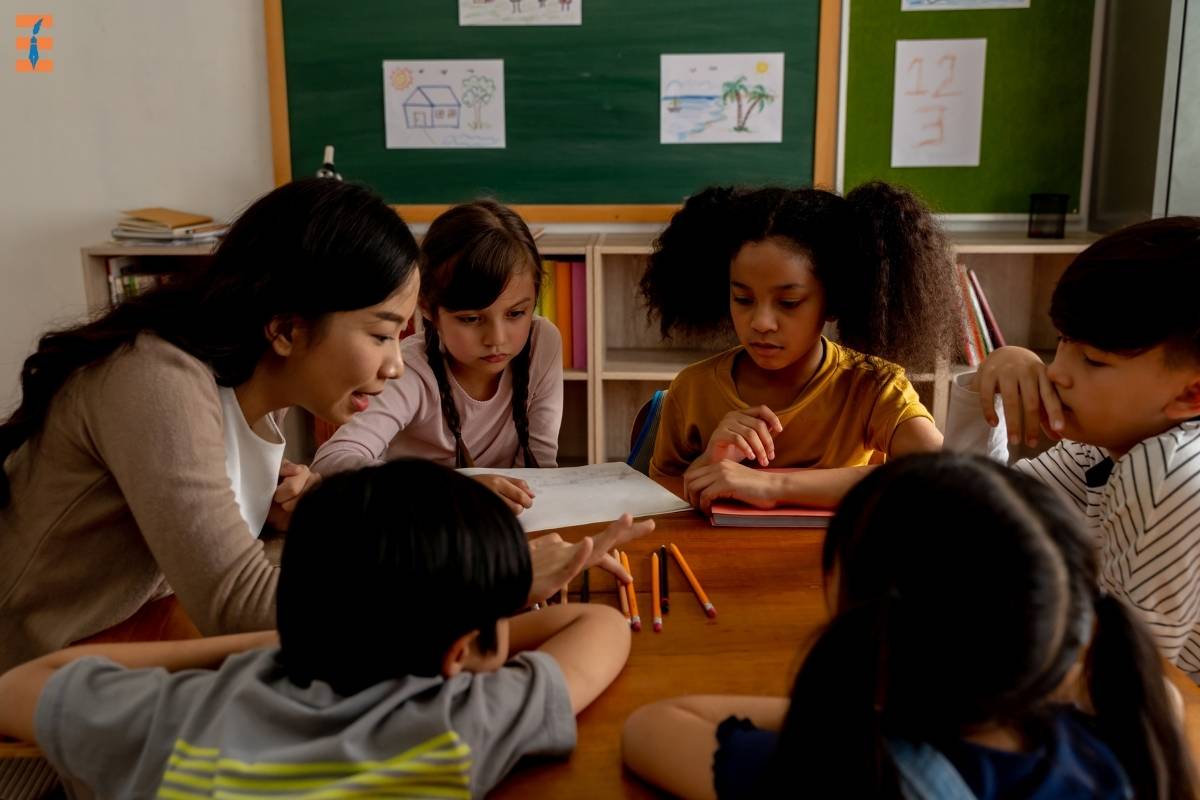In today’s diverse and interconnected world, the significance of culturally responsive teaching in education cannot be overstated. Culturally responsive teaching (CRT) is a pedagogical approach that recognizes the importance of incorporating students’ cultural backgrounds, experiences, and perspectives into the learning process. It goes beyond mere acknowledgment of diversity to actively embracing and leveraging cultural differences to create inclusive and empowering learning environments for all students.
Understanding Culturally Responsive Teaching
At its core, culturally responsive teaching acknowledges that students from different cultural backgrounds bring unique assets, strengths, and ways of knowing to the classroom. It rejects the notion of a one-size-fits-all approach to education and instead seeks to honor and affirm students’ identities, languages, and cultures within the learning context. This approach is rooted in the belief that when students see themselves reflected positively in the curriculum and learning experiences, they are more engaged, motivated, and successful academically.
Key Principles of Culturally Responsive Teaching
1. Cultural Awareness and Sensitivity
Culturally responsive educators actively seek to understand the cultural backgrounds and experiences of their students. They recognize the diversity within their classrooms and strive to create a learning environment that respects and values this diversity.
2. Inclusive Curriculum and Pedagogy
CRT emphasizes the importance of including diverse perspectives, voices, and contributions across all aspects of teaching, including curriculum design, instructional materials, and classroom activities. This ensures that all students see themselves represented in the learning process.
3. Building Relationships

Establishing positive and meaningful relationships with students is a cornerstone of culturally responsive teaching. Educators create a supportive and inclusive classroom community where students feel valued, respected, and safe to express their identities and perspectives.
4. High Expectations for All
Culturally responsive educators maintain high expectations for academic achievement while providing necessary support and scaffolding to help all students succeed. They recognize and build upon students’ strengths and assets, fostering a growth mindset and a sense of efficacy among learners.
Implementing Culturally Responsive Teaching Practices
1. Create a Culturally Inclusive Curriculum
Designing a curriculum that reflects the diversity of students’ backgrounds, experiences, and contributions is essential. Incorporate diverse texts, materials, and resources that represent various cultures, histories, and perspectives. Encourage student input and contributions to the curriculum whenever possible.
2. Promote Cultural Exchange and Dialogue
Create opportunities for students to share their cultural backgrounds, traditions, and stories in the classroom. Encourage respectful dialogue, inquiry, and exploration of different cultural perspectives. Celebrate cultural heritage months or events to highlight diversity within the classroom and school community.
3. Utilize Culturally Relevant Teaching Strategies

Adapt teaching strategies and instructional methods to align with students’ cultural backgrounds and learning styles. Incorporate cooperative learning, storytelling, multimedia resources, and real-world connections that resonate with students’ experiences and interests.
4. Foster Collaborative and Inclusive Learning Spaces
Create a classroom environment where every student feels welcomed, respected, and valued. Use inclusive language, promote active listening and empathy, and address bias or stereotypes proactively. Encourage collaboration, teamwork, and peer support to build a sense of belonging and community among students.
Benefits of Culturally Responsive Teaching
1. Improved Academic Achievement
Research has shown that culturally responsive teaching practices positively impact students’ academic performance, engagement, and motivation. When students see themselves reflected in the curriculum and learning experiences, they are more likely to actively participate and excel academically.
2. Enhanced Cultural Competence
Culturally responsive teaching helps students develop a deeper understanding and appreciation of diverse cultures, perspectives, and histories. It promotes empathy, cultural sensitivity, and the ability to navigate and thrive in multicultural contexts, essential skills in today’s global society.
3. Increased Student Engagement and Motivation

By incorporating students’ cultural backgrounds and interests into the learning process, culturally responsive teaching enhances student engagement, motivation, and enthusiasm for learning. Students feel valued, connected, and empowered to take ownership of their education.
4. Promotion of Equity and Social Justice
CRT aligns with principles of equity and social justice by challenging biases, stereotypes, and systemic inequalities in education. It creates opportunities for all students, regardless of background, to succeed academically, develop critical thinking skills, and contribute positively to society.
Challenges and Considerations
While culturally responsive teaching offers numerous benefits, implementing it effectively requires ongoing reflection, collaboration, and professional development. Educators may face challenges such as limited resources, time constraints, and the need for culturally competent instructional materials. It’s essential to prioritize equity, inclusivity, and cultural responsiveness in educational policies, practices, and professional development initiatives.
Conclusion
In conclusion, culturally responsive teaching is not just a pedagogical approach but a commitment to equity, inclusivity, and empowerment in education. By embracing students’ cultural backgrounds, experiences, and perspectives, educators can create learning environments that honor diversity, foster meaningful connections, and promote academic excellence for all learners. Through intentional curriculum design, inclusive practices, and collaborative efforts, culturally responsive teaching transforms classrooms into vibrant communities where every student feels valued, respected, and capable of achieving their full potential.










